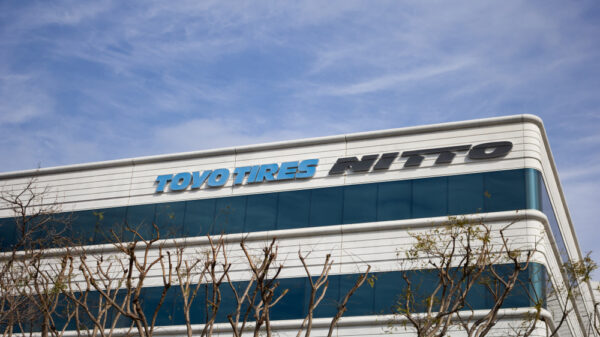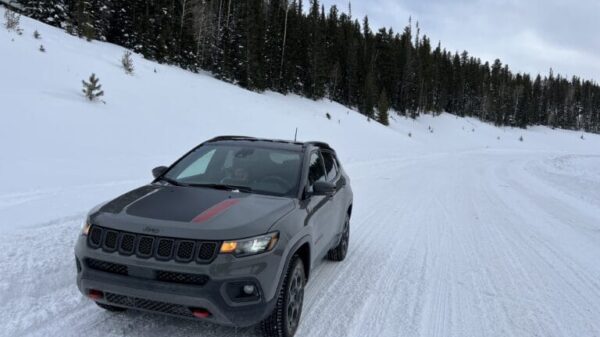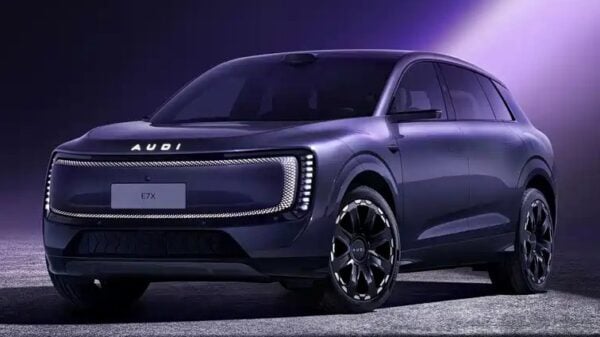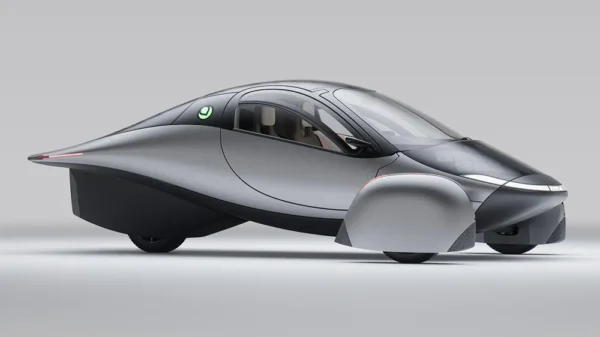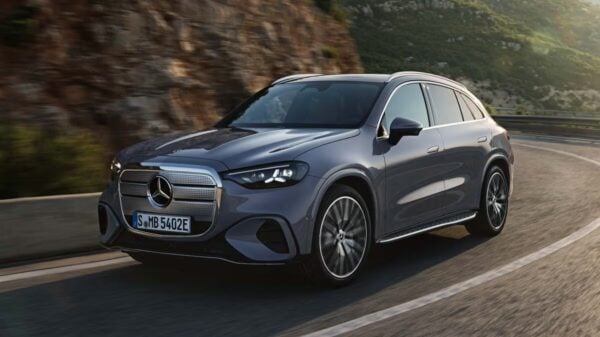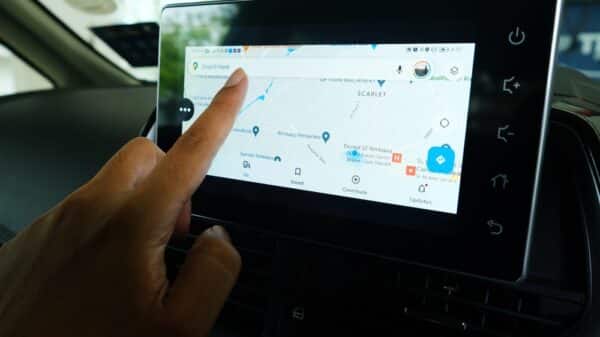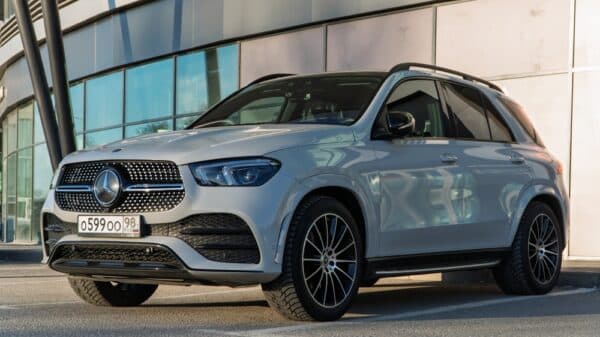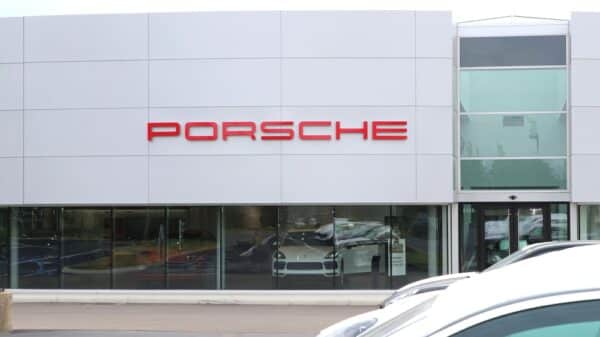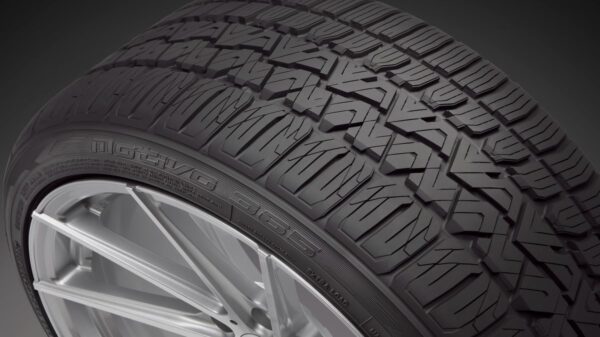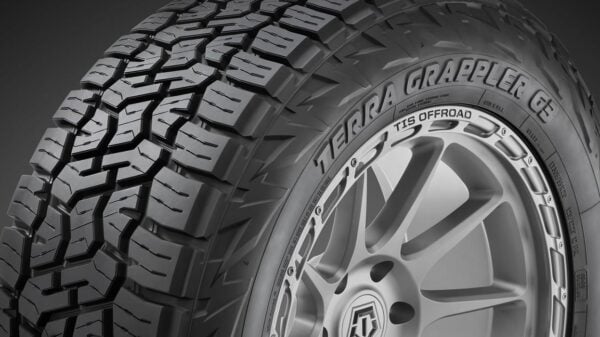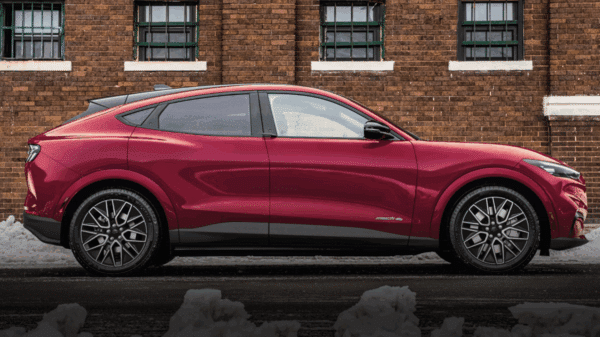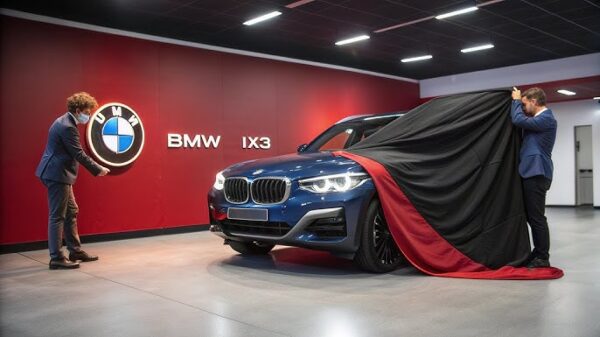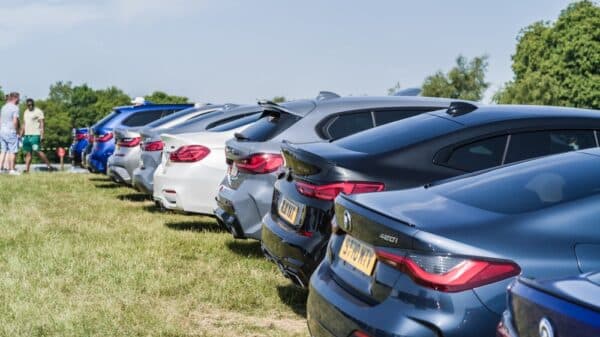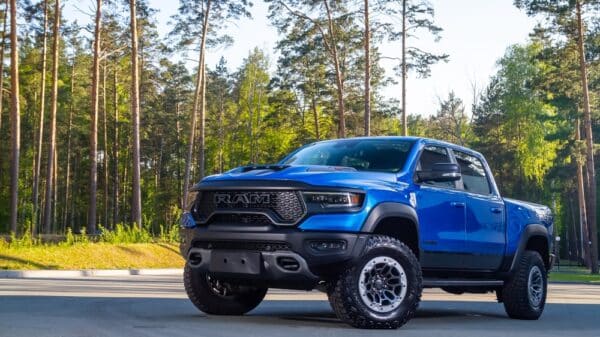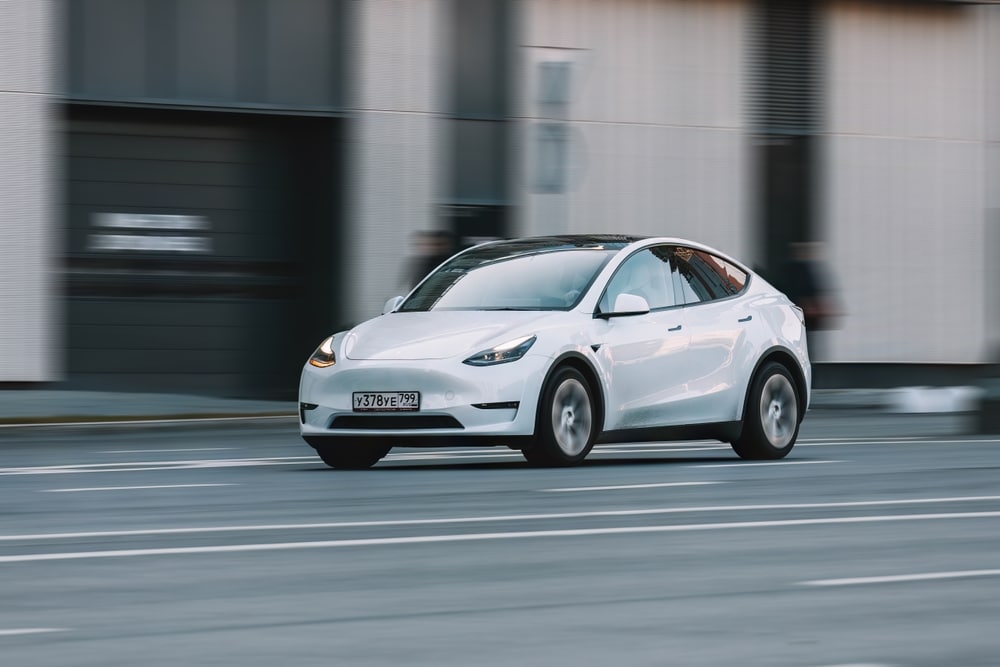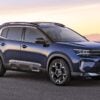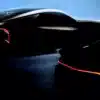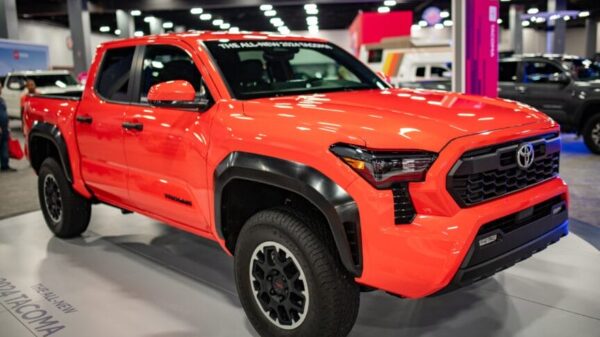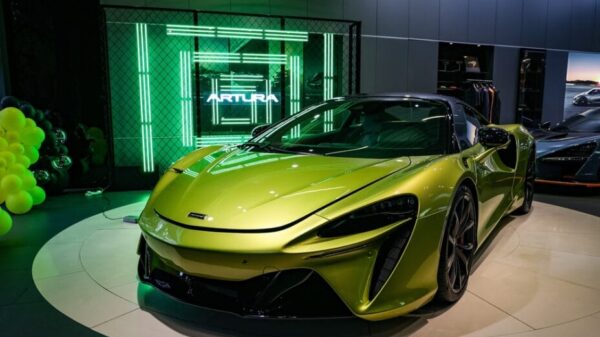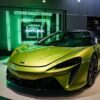Tesla’s Full Self-Driving (FSD) system represents a significant leap in automotive technology, employing advanced artificial intelligence to assist with driving tasks. However, a new viral video illustrating the system’s struggles under bright sunlight has reignited discussions about its reliability in challenging environmental conditions.
Real-World Implications of Sunlight on Tesla Vision
In the recently shared video by EV enthusiast Arron (@supvrron), a Tesla operating in self-driving mode encounters difficulties maintaining control on a sunny day, forcing the driver to intervene. While the incident did not lead to a safety crisis, it raised valid concerns among owners and observers regarding Tesla Vision’s capacity to handle real-world complexities like glare and imperfect road conditions.
Understanding Hardware 3 and Tesla Vision
The Tesla model featured in the clip utilizes Hardware 3, a system now somewhat outdated since its rollout in 2019. This technology underpins the FSD capabilities through a custom chip designed for rapid neural network analysis. Tesla’s strategy shifted in 2021, advancing toward a camera-exclusive system known as “Tesla Vision.” This approach dropped radar and ultrasonic sensors and now relies solely on visual inputs, even in adverse weather. An essential drawback is the lack of redundancy; the system’s sole dependency on visual feeds makes it vulnerable when visibility is compromised.
Tesla’s own manual cautions that bright light can impair camera functionality, a reality drivers cannot overlook. The vehicles remain classified under SAE Level 2 automation, underlining the necessity for continuous driver supervision.
Incidents Linked to Sunlight Disruptions
Beyond anecdotal evidence, reports from Tesla owners and various social media platforms highlight issues linked to sunlight interference. For example, there are documented cases where glare obscured traffic signals, potentially leading to dangerous misinterpretations—situations where the technology’s limitations could compromise safety.
Investigative Scrutiny from Regulatory Bodies
In a recent development, the National Highway Traffic Safety Administration (NHTSA) initiated a preliminary evaluation of the FSD system after multiple incidents were attributed to sunlight glare and other visibility challenges, including a tragic fatality near Rimrock, Arizona. This inquiry signals a potential regulatory shift, challenging the adequacy of Tesla’s camera-only strategy in various visibility situations and whether recent software updates have effectively addressed these shortcomings.
Mechanisms of Sunlight Disruption
The core issue stems from the neural networks that support Tesla Vision. High-contrast lighting scenarios can lead to challenges not represented in the training data. Conditions such as lens smudging, glare, or even dew on the windshield can exacerbate misinterpretations, forcing the FSD system to disengage. The absence of backup sensors, as used in competing technologies, raises questions about the system’s robustness under real-world conditions.
Future Developments: Towards Hardware 4
In 2023, Tesla began rolling out Hardware 4, featuring enhanced processing capabilities and upgraded cameras. However, these systems still operate with software primarily trained for the older Hardware 3, creating a transition phase that may impact their effectiveness when navigating challenging conditions. Additionally, heightened regulatory focus underscores the long-term implications of Tesla’s reliance on a vision-only framework in pursuit of true autonomy.
Conclusion
Tesla’s Full Self-Driving system is undoubtedly at the forefront of automotive innovation, pushing the boundaries of what’s possible with AI in vehicles. Nevertheless, as highlighted by incidents of sunlight-related failures, the system faces significant challenges. While Tesla continues to evolve its technology, the need for robust fallback mechanisms and comprehensive training data to address various environmental factors remains paramount in ensuring safety and reliability for all motorists. The industry will closely monitor how regulatory bodies respond to these challenges and how Tesla adapts its technology moving forward.
Image Source: Haggardous50000 / Shutterstock




